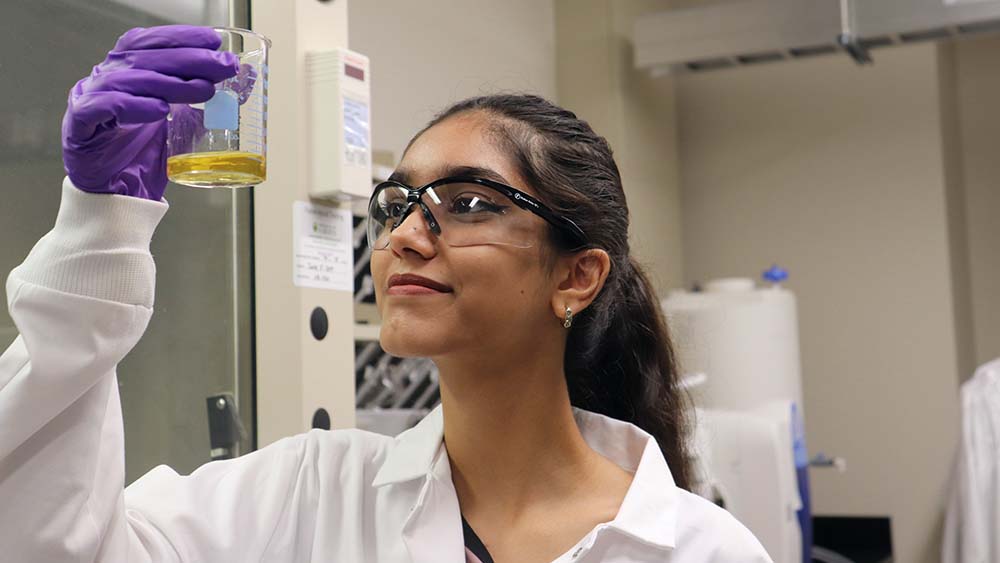According to a survey by scientific information disseminator Elsevier, India ranks third in terms of the growth rate of women researchers. A report titled ‘Progress Towards Gender Equality in Research and Innovation’ states that India’s annual growth rate for women’s share of active researchers over the past ten years has been two per cent, which places it third behind Egypt and the Netherlands.

The report examined inclusion and diversity over a 20-year period across disciplines and geographical areas. It revealed that women currently comprise 33 per cent of active researchers in India, compared to 22 per cent in Japan and 30 per cent in Egypt. According to the report, India is currently the third-largest producer of research worldwide. The swift ascent of women researchers in India is a testament to the continuous endeavours towards gender parity, and is truly motivating. Even though we’ve come a long way towards establishing an inclusive academic community, there are still challenges.

The report also states that gender parity (40–60 per cent representation defined as parity zone in the study) among health sciences researchers was achieved in 2022, with women making up 41 per cent of all active researchers in India.
Gender parity in life sciences was attained in 2021. According to the report, as of 2022, women constitute 43 per cent of active life science researchers and 41 per cent of active researchers worldwide, with a particularly high representation in the health sciences.

Women have advanced over the past 20 years; these advancements have not been consistent in all sectors. For instance, women only accounted for 33 per cent of active researchers in the physical sciences. The report’s authors stated that gender equality in research is still ‘unacceptably far away’ on a worldwide scale.
Despite the fact that there are more women working as researchers in computer science, engineering, and mathematics, the authors predicted that gender parity will not be achieved until 2052. Women submitted ‘vastly fewer’ patent applications than men. Three-quarters of all patent applications filed as of 2022 are either submitted by men alone or by male-only teams. Approximately 97 per cent of patent filing teams consist of one or more men. Conversely, as of 2022, only three per cent of patent applications are submitted by teams made up exclusively of women.

Women’s participation in the research workforce also varies by region; in the US and the UK, women make up 40 per cent of active researchers, whereas in Portugal and Brazil, women make up approximately half the workforce. The report stated that women constituted the majority of active researchers working on the Sustainable Development Goals of the United Nations. Additionally, it stated that somewhat more women than men were involved in transdisciplinary research, which is seen to be crucial for resolving difficult problems on a worldwide scale.
The authors suggested stepping up efforts to make research more gender equitable. Additionally, they demanded that the retention of early-career researchers into mid-and advanced-stages be given priority in order to stop the decline in women’s participation that occurs with rising seniority in the field.
Image source: Sambodhi, Tribune, Philanthropy news digest